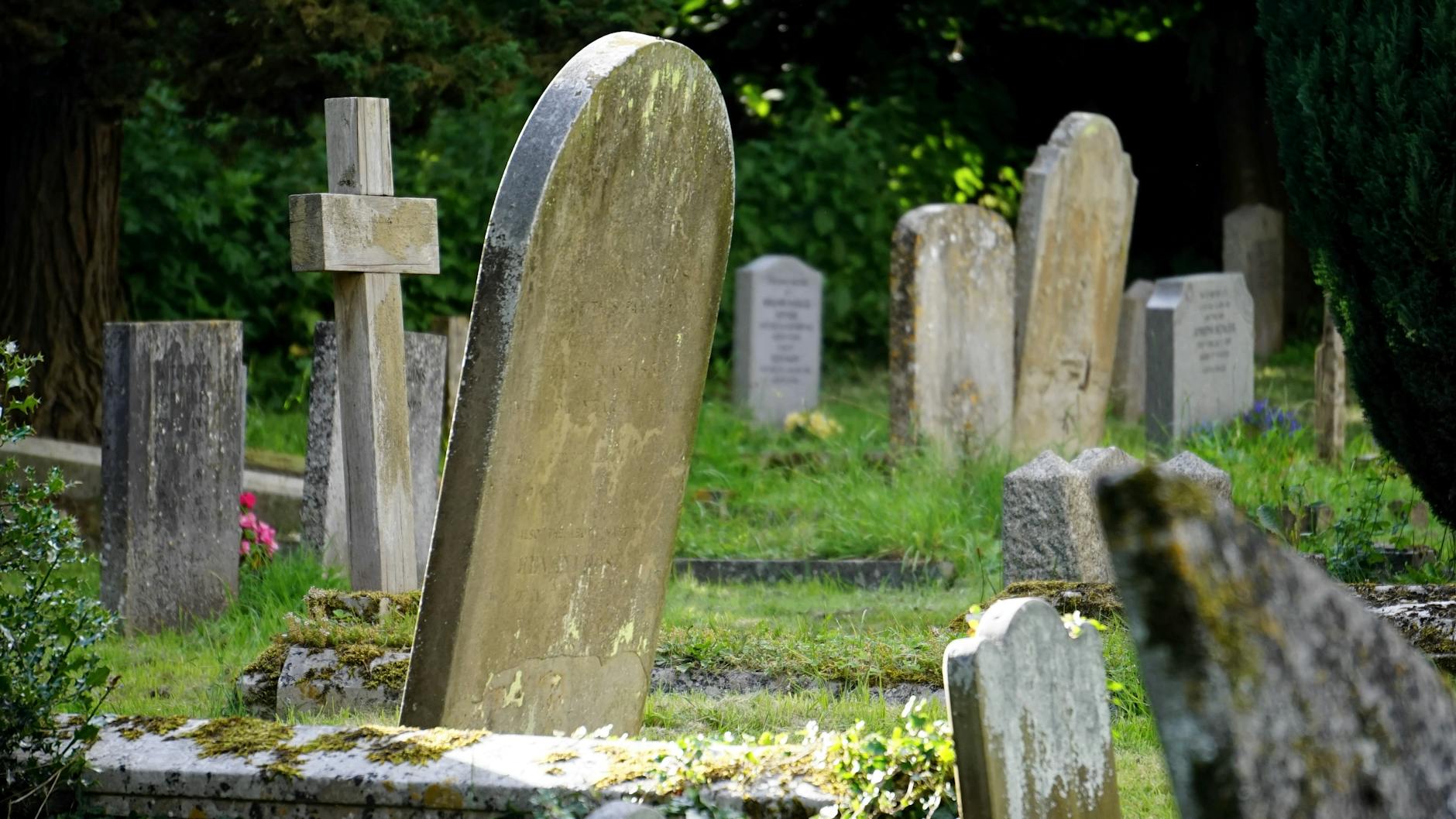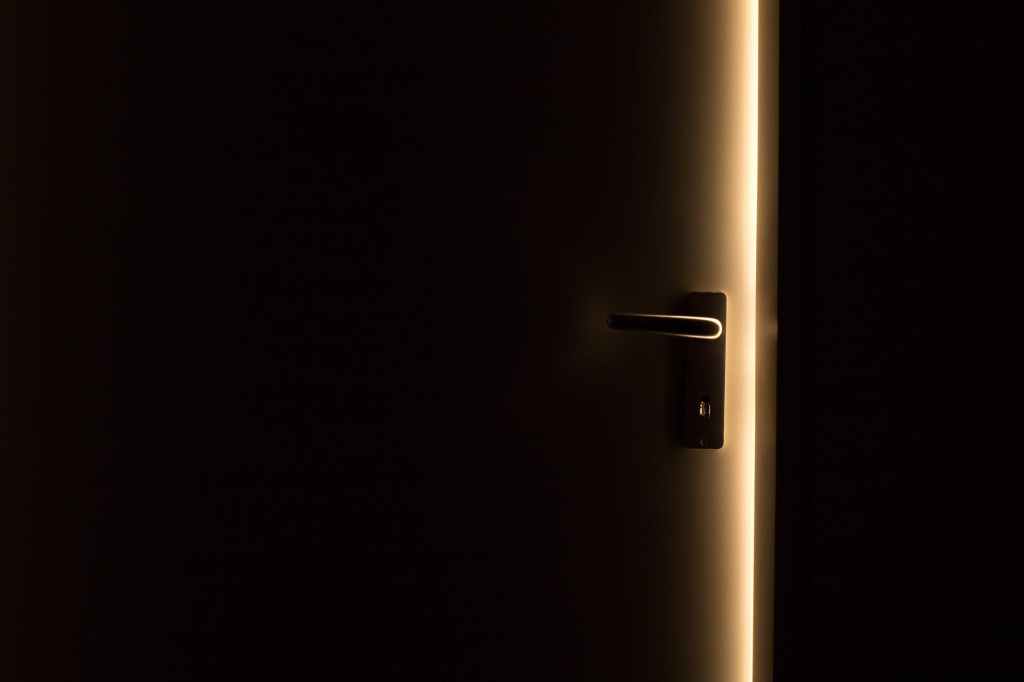The Graveyard Apartment, is a chilling masterpiece penned by Mariko Koike in 1988.
This haunting tale unfolds within the walls of the enigmatic graveyard apartment, where secrets lurk in every shadow and mystery seeps through the floorboards.
Horror fans will embark on a journey through the spine-tingling narrative crafted by Mariko Koike, the allure of the graveyard apartment’s dark and foreboding atmosphere beckons, promising a reading experience that will leave you questioning what lies beyond the veil of the supernatural.
A Glimpse into the Graveyard Apartment

The Graveyard Apartment transports readers to a place where the veil between the living and the dead is unsettlingly thin.
The story revolves around a young family that moves into an apartment building abutting a graveyard. Soon, they come to realize that they are not the apartment’s only inhabitants. Strange occurrences begin to chip away at their sanity, from flickering lights to inexplicable chills, as they are drawn deeper into the building’s eerie history. Koike masterfully creates a sense of claustrophobia, trapping both characters and readers in an environment where escape seems impossible.
The suspense is not just in the supernatural events that unfold, but also in the psychological unraveling it causes, making The Graveyard Apartment a gripping read from start to finish.
The Genius of Mariko Koike

Mariko Koike stands out as a master storyteller, weaving a complex tapestry of fear and suspense in The Graveyard Apartment.
Her ability to tap into the primal fears of her readers, leveraging the unknown and the unseen, showcases her genius. Koike’s writing is both subtle and intense, drawing the reader into a world where the ordinary becomes menacing, and the mundane turns macabre. She builds tension not through overt horror, but through a creeping dread that grows with each page.
Koike’s characters are fleshed out and relatable, making their descent into terror all the more palpable. Her influence on the horror genre is evident, as she crafts narratives that linger with readers long after the final page is turned. The Graveyard Apartment is a testament to Koike’s talent at creating a haunting narrative that is as psychologically engaging as it is supernaturally terrifying.
The Chilling Atmosphere
The Graveyard Apartment sets itself apart with an atmosphere that is chilling to the core. Mariko Koike meticulously crafts each scene to ensure that the setting itself becomes a character, contributing to the overall sense of dread.
The apartment complex’s proximity to the graveyard casts a shadow over the building, influencing every interaction and event. The descriptive language used to detail the encroaching darkness and inexplicable cold spots creates an immersive experience for the reader. It’s not just the supernatural elements that evoke fear, but also the claustrophobic environment, the dimly lit corridors, and the silence that speaks volumes. The atmosphere is a subtle, creeping terror that wraps around you, heightening the suspense and making the apartment’s haunting presence as much a protagonist as the family living within its walls.
Unraveling the Supernatural Elements

The supernatural elements in The Graveyard Apartment are not just for shock value. They are intricately woven into the plot, providing a deeper meaning to the story’s progression. Mariko Koike excels in creating a slow burn of paranormal occurrences that escalate with precision. The hauntings in the graveyard apartment are not overt but manifest in ways that blur the lines between reality and the otherworldly. This subtlety is what makes the supernatural aspects of the novel truly unnerving. The hints of ghostly presences, unexplained malfunctions within the apartment, and the psychological impact on the characters all combine to create a web of supernatural tension. Koike doesn’t just present ghosts; she presents a haunting that is as much psychological as it is spectral, forcing readers to question the limits of the human mind in the face of the inexplicable.
A Defining Moment in Horror Literature
The publication of The Graveyard Apartment in 1988 marked a defining moment in horror literature. It demonstrated that the genre could do more than just scare; it could also explore the complexities of human emotions and reactions to the unknown. Mariko Koike’s novel is often celebrated for its unique blend of psychological horror and supernatural thrills, setting a benchmark for character-driven stories within the genre. The novel’s influence is seen in the way modern horror narratives build tension and develop atmosphere. It has left an indelible mark on both Japanese horror literature and the genre at large, inspiring a generation of writers to explore similar themes of hauntings and the human psyche. The Graveyard Apartment remains a standout piece of literature that continues to be discovered and revered by new fans, ensuring its place in the pantheon of horror classics.
Why The Graveyard Apartment Still Haunts Today

Decades after its initial release, The Graveyard Apartment continues to haunt the imaginations of readers around the world. Its staying power lies in Mariko Koike’s ability to tap into universal fears — the fear of the unknown, of entrapment, and of the unseen forces that might exist just beyond our perception. The novel’s themes are timeless, and its capacity to instill dread is as effective now as it was when first published. The Graveyard Apartment resonates with contemporary audiences because it doesn’t rely on temporary scares; instead, it builds a pervasive sense of unease that lingers. Additionally, the resurgence of interest in classic horror and the successful translation of works from non-English speaking authors have introduced Koike’s masterpiece to a broader audience, ensuring its narrative continues to unsettle and intrigue new generations of horror fans.

I’d love to hear what you think, please comment below.